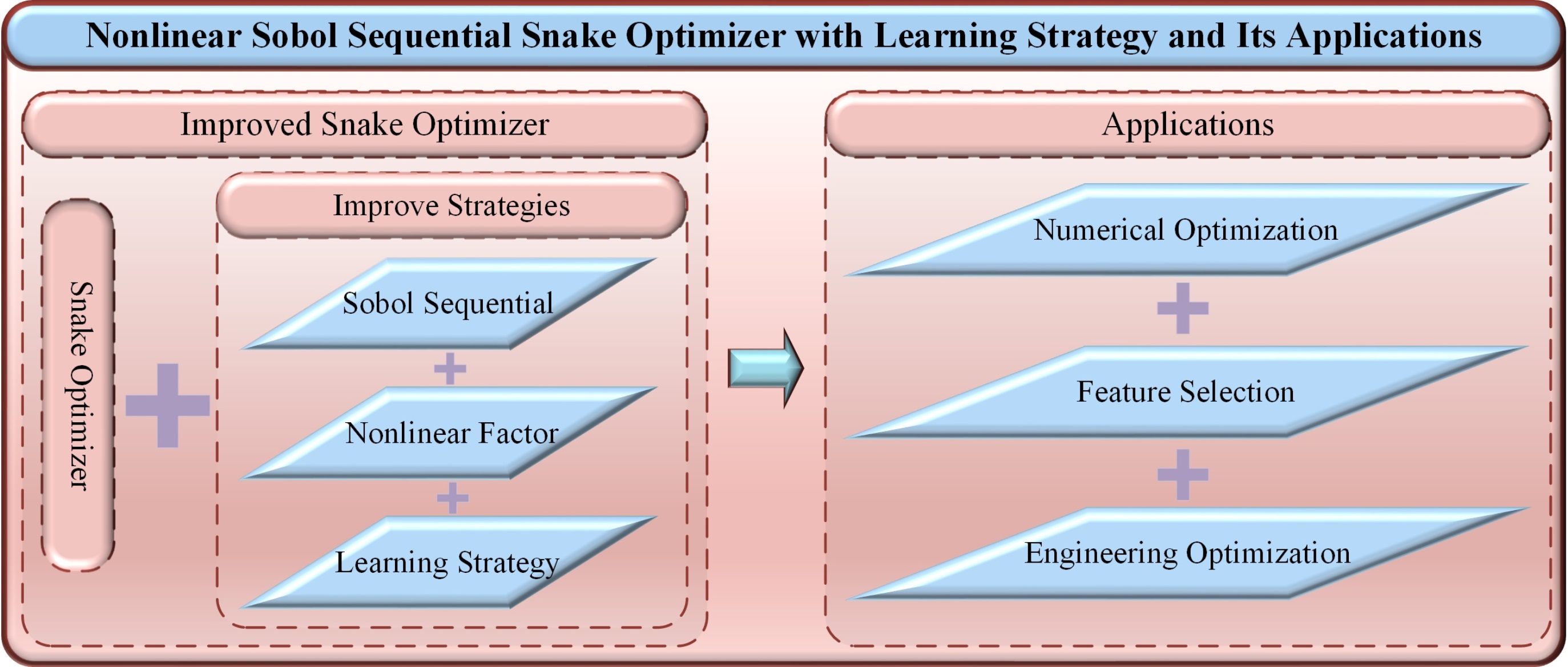This study investigates the chemical composition, nutritional, and biological properties of extracts obtained from
A. melanocarpa berries using different extraction methods and solvents. Hydrodistillation and supercritical fluid extraction with CO
2 allowed us to isolate fruit essential oil (HD
EX) and fixed oil (SFE
EX), respectively. A phenol-enriched extract was obtained using a mild ultrasound-assisted maceration with methanol (UAM
M). The HD
EX most abundant component, using gas chromatography-mass spectrometry (GC/MS), was italicene epoxide (17.2%), followed by hexadecanoic acid (12.4%), khusinol (10.5%), limonene (9.7%), dodecanoic acid (9.7%), and (E)-anethole (6.1%). Linoleic (348.9 mg/g of extract, 70.5%), oleic (88.9 mg/g, 17.9%), and palmitic (40.8 mg/g, 8.2%) acids, followed by α-linolenic and stearic acids, were the main fatty acids in SFE
EX determined using high-performance liquid chromatography coupled with a photodiode array detector and an evaporative light scattering detector (HPLC-DAD/ELSD). HPLC-DAD analyses of SFE
EX identified β-carotene as the main carotenoid (1.7 mg/g), while HPLC with fluorescence detection (FLU) evidenced α-tocopherol (1.2 mg/g) as the most abundant tocopherol isoform in SFE
EX. Liquid chromatography-electrospray ionization-MS (LC-ESI-MS) analysis of UAM
M showed the presence of quercetin-sulfate (15.6%, major component), malvidin 3-
O-(6-
O-p-coumaroyl) glucoside-4-vinylphenol adduct (pigment B) (9.3%), di-caffeoyl coumaroyl spermidine (7.6%), methyl-epigallocatechin (5.68%), and phloretin (4.1%), while flavonoids (70.5%) and phenolic acids (23.9%) emerged as the most abundant polyphenol classes. UAM
M exerted a complete inhibition of the cholesterol oxidative degradation at 140 °C from 75 μg of extract, showing 50% protection at 30.6 μg (IA
50). Furthermore, UAM
M significantly reduced viability (31–48%) in A375 melanoma cells in the range of 500–2000 μg/mL after 96 h of incubation (MTT assay), with a low toxic effect in normal HaCaT keratinocytes. The results of this research extend the knowledge of the nutritional and biological properties of
A. melanocarpa berries, providing useful information on specific extracts for potential food, cosmetic, and pharmaceutical applications.
Full article
 IJMS
IMPACT
IJMS
IMPACT Applied Sciences
IMPACT
Applied Sciences
IMPACT Sustainability
IMPACT
Sustainability
IMPACT Sensors
IMPACT
Sensors
IMPACT JCM
IMPACT
JCM
IMPACT Materials
IMPACT
Materials
IMPACT Molecules
IMPACT
Molecules
IMPACT Energies
IMPACT
Energies
IMPACT Electronics
IMPACT
Electronics
IMPACT Remote Sensing
IMPACT
Remote Sensing
IMPACT Cancers
IMPACT
Cancers
IMPACT Nutrients
IMPACT
Nutrients
IMPACT Mathematics
IMPACT
Mathematics
IMPACT Foods
IMPACT
Foods
IMPACT Buildings
IMPACT
Buildings
IMPACT Polymers
IMPACT
Polymers
IMPACT Animals
IMPACT
Animals
IMPACT Water
IMPACT
Water
IMPACT Plants
IMPACT
Plants
IMPACT Agronomy
IMPACT
Agronomy
IMPACT Biomedicines
IMPACT
Biomedicines
IMPACT Processes
IMPACT
Processes
IMPACT Microorganisms
IMPACT
Microorganisms
IMPACT Diagnostics
IMPACT
Diagnostics
IMPACT Nanomaterials
IMPACT
Nanomaterials
IMPACT Viruses
IMPACT
Viruses
IMPACT Medicina
IMPACT
Medicina
IMPACT Healthcare
IMPACT
Healthcare
IMPACT Cells
IMPACT
Cells
IMPACT Forests
IMPACT
Forests
IMPACT Agriculture
IMPACT
Agriculture
IMPACT Land
IMPACT
Land
IMPACT JMSE
IMPACT
JMSE
IMPACT IJERPH
IJERPH
 Symmetry
IMPACT
Symmetry
IMPACT Genes
IMPACT
Genes
IMPACT Pharmaceutics
IMPACT
Pharmaceutics
IMPACT Coatings
IMPACT
Coatings
IMPACT Micromachines
IMPACT
Micromachines
IMPACT Pharmaceuticals
IMPACT
Pharmaceuticals
IMPACT Atmosphere
IMPACT
Atmosphere
IMPACT Children
IMPACT
Children
IMPACT Religions
IMPACT
Religions
IMPACT Antioxidants
IMPACT
Antioxidants
IMPACT Life
IMPACT
Life
IMPACT Metals
IMPACT
Metals
IMPACT Biomolecules
IMPACT
Biomolecules
IMPACT Vaccines
IMPACT
Vaccines
IMPACT Education Sciences
IMPACT
Education Sciences
IMPACT Minerals
IMPACT
Minerals
IMPACT Horticulturae
IMPACT
Horticulturae
IMPACT Brain Sciences
IMPACT
Brain Sciences
IMPACT JPM
IMPACT
JPM
IMPACT Bioengineering
IMPACT
Bioengineering
IMPACT











